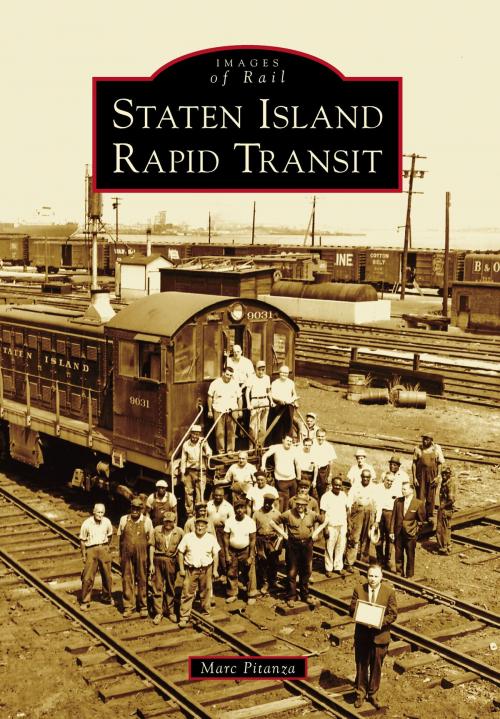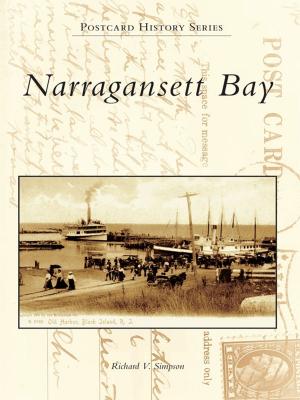Staten Island Rapid Transit
Nonfiction, Reference & Language, Transportation, Railroads, History, Art & Architecture, Photography, Pictorials, Travel| Author: | Marc Pitanza | ISBN: | 9781439652039 |
| Publisher: | Arcadia Publishing Inc. | Publication: | June 22, 2015 |
| Imprint: | Arcadia Publishing | Language: | English |
| Author: | Marc Pitanza |
| ISBN: | 9781439652039 |
| Publisher: | Arcadia Publishing Inc. |
| Publication: | June 22, 2015 |
| Imprint: | Arcadia Publishing |
| Language: | English |
Staten Island's first railroad began in 1860 as a passenger line connecting towns along the island's eastern shore, with ferry service from Vanderbilt's Landing to Manhattan. The Staten Island Rapid Transit was a second line, built in 1885. During the 19th century, major eastern trunk railroads competed for the New York freight market. The Baltimore & Ohio Railroad (B&O) was a latecomer but saw opportunity with Staten Island in 1886, buying interest in both railroads. The B&O took control of the island's passenger service and turned it into a thriving commuter railroad with three branches and nearly 40 stations, forever changing transportation in the borough. Reaching Staten Island from Cranford, New Jersey, the B&O built a major freight yard at Arlington and a waterfront terminal at St. George. The railroad's customers ran the gamut from large industries like Procter & Gamble to small one-carload coal dealerships. By 1971, the cash-strapped B&O sold the passenger service to the New York City Transit Authority (NYCTA), and by 1985, the B&O had left New York for good.
Staten Island's first railroad began in 1860 as a passenger line connecting towns along the island's eastern shore, with ferry service from Vanderbilt's Landing to Manhattan. The Staten Island Rapid Transit was a second line, built in 1885. During the 19th century, major eastern trunk railroads competed for the New York freight market. The Baltimore & Ohio Railroad (B&O) was a latecomer but saw opportunity with Staten Island in 1886, buying interest in both railroads. The B&O took control of the island's passenger service and turned it into a thriving commuter railroad with three branches and nearly 40 stations, forever changing transportation in the borough. Reaching Staten Island from Cranford, New Jersey, the B&O built a major freight yard at Arlington and a waterfront terminal at St. George. The railroad's customers ran the gamut from large industries like Procter & Gamble to small one-carload coal dealerships. By 1971, the cash-strapped B&O sold the passenger service to the New York City Transit Authority (NYCTA), and by 1985, the B&O had left New York for good.















